The Realities Of Shooting Film
Film photography has always intrigued me, and I absolutely love it. I won't lie, I entered photography from the opposite direction – digital.
Essentially, when I learned about the logic behind exposure, digital was simply the easiest way to go.
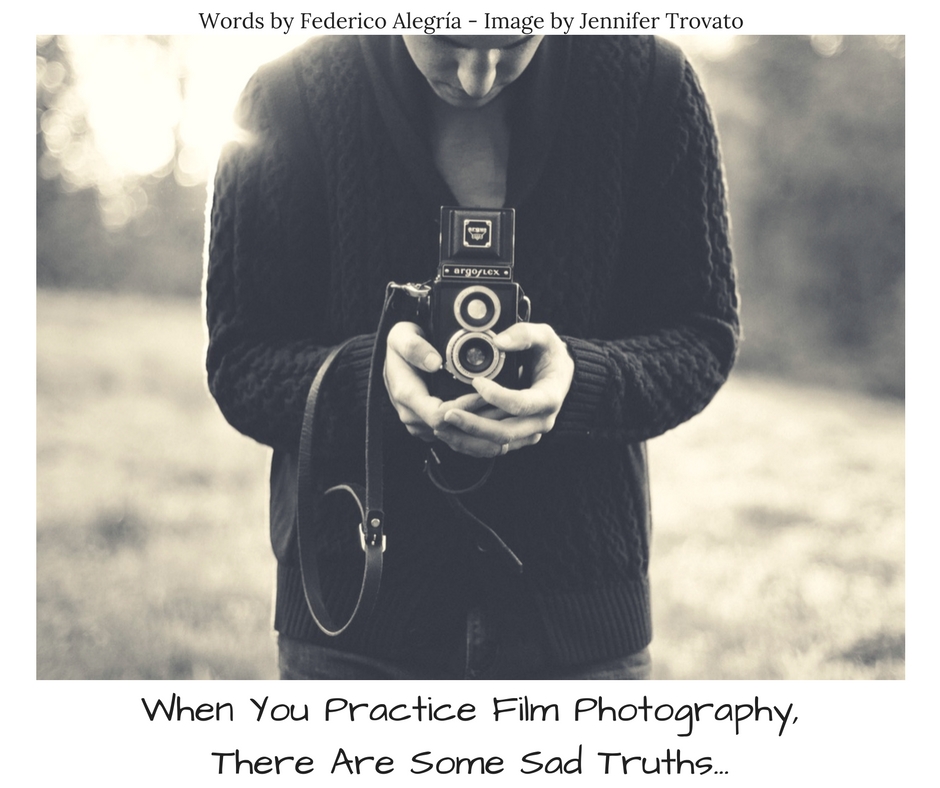
My Introduction To Film Photography
Obviously, I started shooting in digital, and I still do, most of the time in fact.
However, after stumbling upon a film camera I found, combined with a small experiment triggered by watching a movie, I learned to shoot film too. The exposure logic was still the same.
I didn’t know how to develop, so I had to send my rolls of film to a lab. I also had to send them in pairs, because two rolls of film were the minimum quantity this lab would develop.
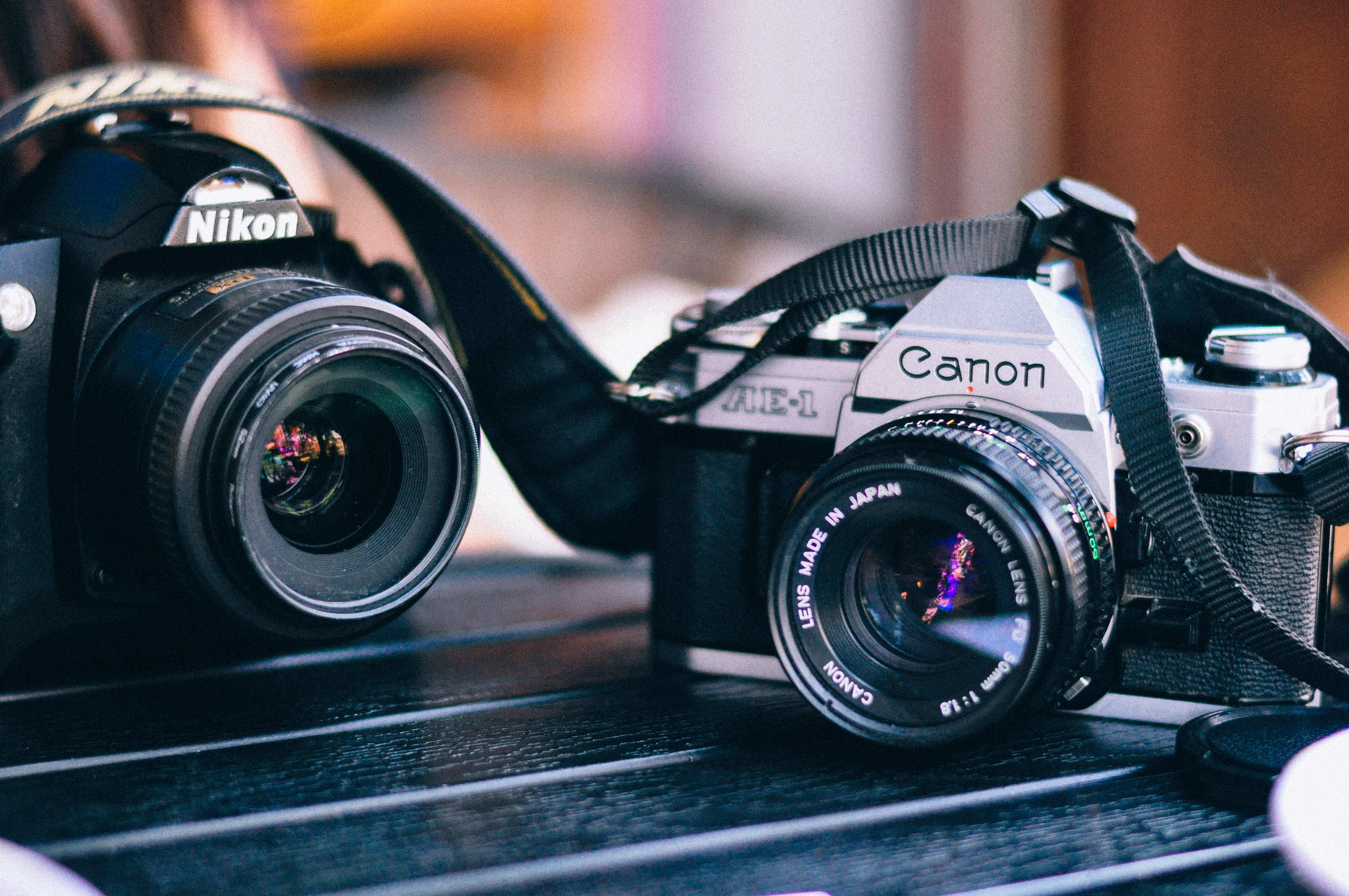
Sad Times
This year, this laboratory stopped providing this service, leaving a considerable number of amateur and vernacular photographers empty-handed in terms of film development services.
If a good friend hadn’t taught me how to develop, I would be empty-handed too. I don’t blame the lab, I understand that they need revenues, and investing in such a small number of customers is not profitable.
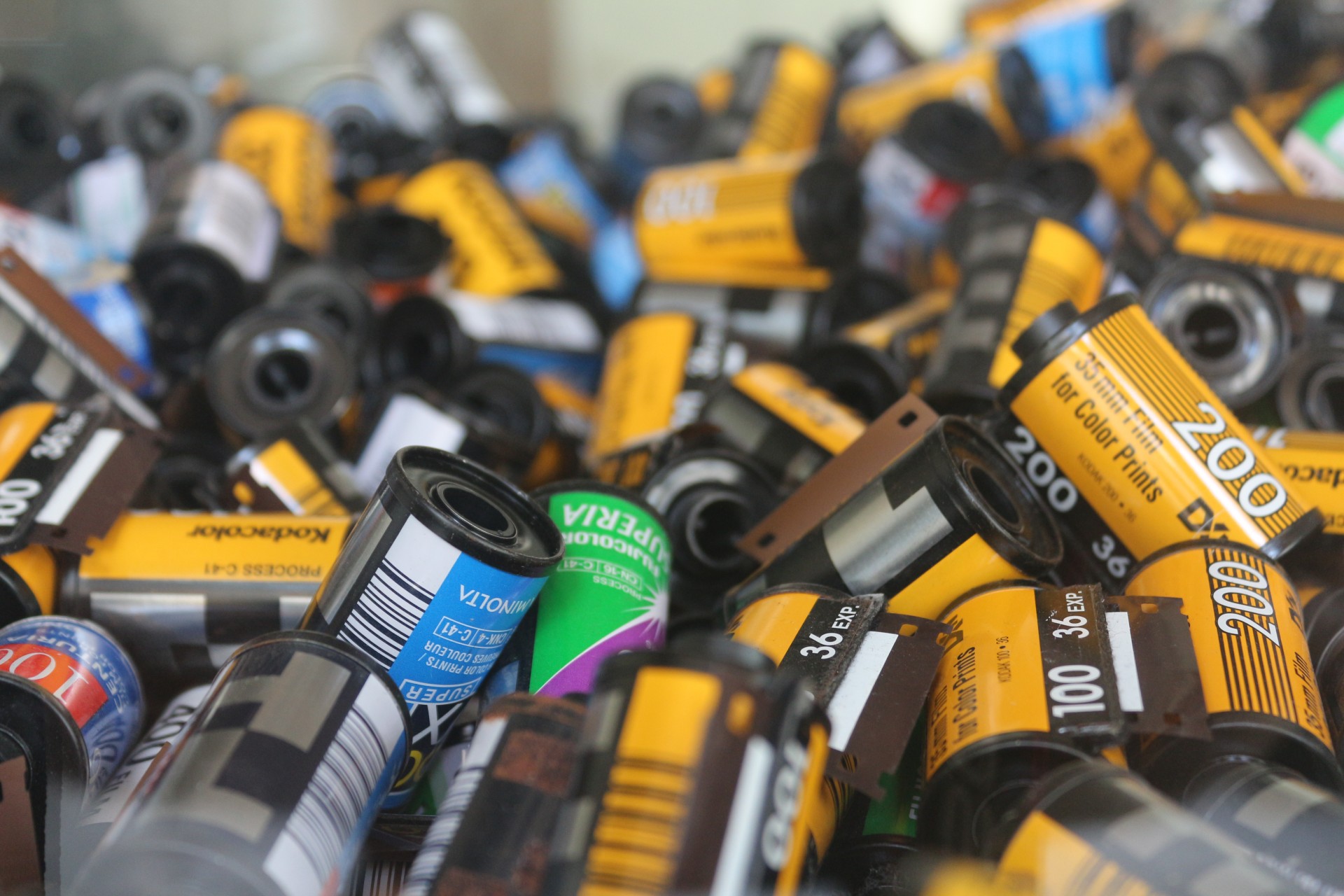
Doing Things Myself
I’ve learned to develop and print, but I have gone from buying the film and chemicals, to only developing the film. I don't do any printing, but I hope to get a darkroom revived for the use of a small community of film photographers in my country.
Almost all the members of this tiny community are young photographers, which leads to my first point about the truth of shooting film photography.
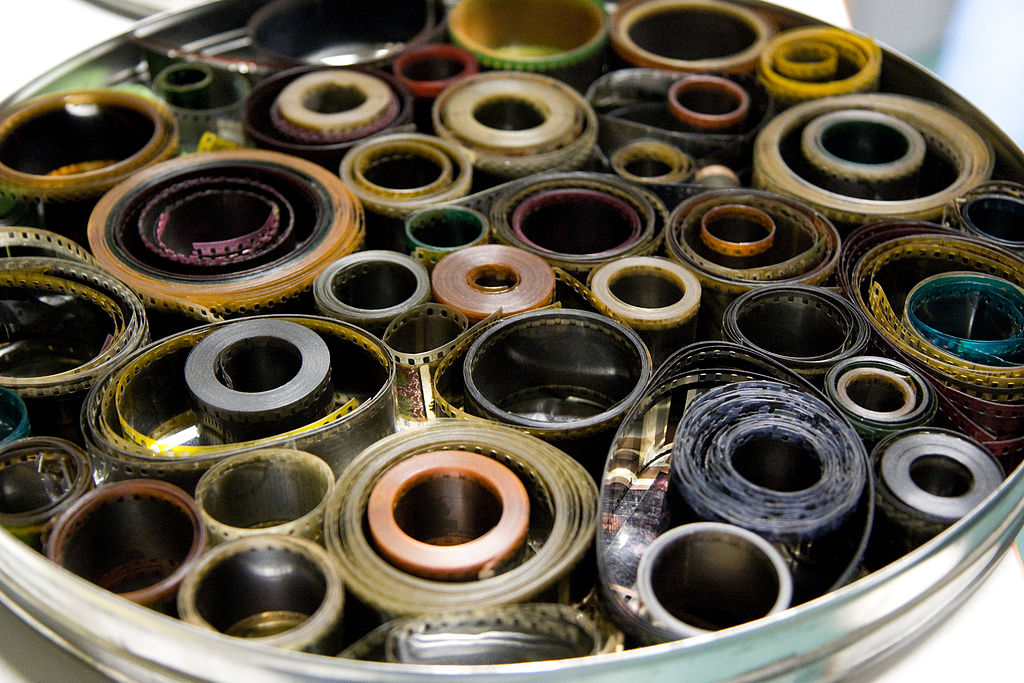
Are Young People Allowed To Be Into Film Photography?
Let me tell you a little story about a hateful and discouraging video I recently saw. I'm not going to post the source of this video because I don't want to give such discouraging content, even more exposure.
Recently I watched a video in which a man was mocking young photographers who are interested in film photography.
He was mocking them because apparently, he thinks they are pursuing film photography out of nostalgia for a time they didn't live through – which is not paradoxical, but ridiculous, as he states.
This made me think a lot, and I realized that I wasn't nostalgic. In fact, I don’t even consider myself an artist.
Recently I took a great course online that pushed me into writing an “artist statement”, as the wonderful artists of the Helsinki School do. But I excused myself from the lecturer and wrote a simple statement around my Social Photography.
This bitter encounter with the aforementioned video made me write another statement, so I now have two statements that give my passion a certain direction.
This new statement centers on film photography, and voices the following:
I allow myself to practice a less-meaningful form of photography in terms of societal studies, because it is not targeted to the public. The process of this different way of practicing photography is slower, and I found it to be a therapeutic procedure.
Since it is not limited to meaningful social documentation as in my work shown online, its scope is broader, and therefore I allow myself to experiment further into fields I haven’t mastered, this, however, doesn't prevent me from pursuing my passion for photographing people candidly.
Currently my scope, in terms of analog imagery, goes from preparing the chemicals, to drying and storing the negatives after developing them.
Personally, I feel the resulting images here are “more mine” than if I’d taken them in a digital format because I believe that an error while developing could erase the exposures.
There is a high risk of not capturing the expected, but it doesn't matter since it is all part of the same therapeutic exercise. The audience for such images is smaller than for digital formats, but it still works well with the social photography I love the most.
In simple words, I’m not being a snob or a bourgeois, and I’m having more than mere fun. In fact, I’m having the time of my life with photography, both digital and analog.
A Different Form Of Photography
For me, shooting film is just another way of capturing images. We have all read about the benefits of shooting film, which encourages us to shoot fewer, but better quality images.

I’ve been shooting 120 format rolls of film for a while now using my beloved self-made birthday present camera, which allows me to make 6×6 square exposures.
The 120 film format is limited to 12 exposures, and I recently got a tank camera that my grandfather handed down. it's funny, I felt that shooting 36 frames was a hell of a lot after shooting just 12 frames.
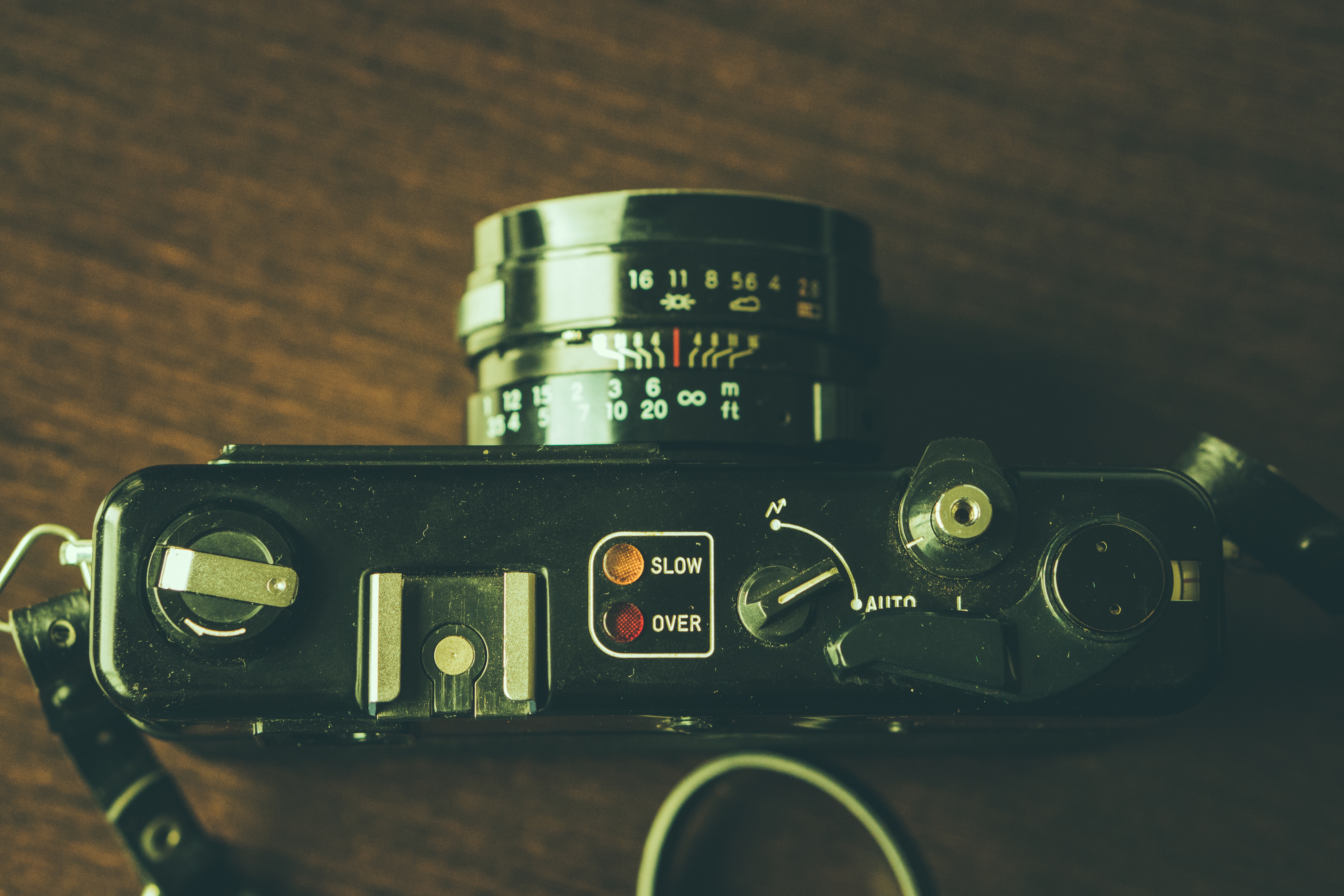
After shooting my last 35mm exposure, I felt that I had spent ages with that roll of film (and it only lasted about a week inside the camera). I developed it recently, and I even felt that the format was amusingly small – and this format is the equivalent of a full-frame camera.
The images that came out of the film were gorgeous, and I’m happy with them, even though they might not be deep in terms of storytelling.
The Sad Reality
Now the bitter part of this practice: it is getting harder and harder for me to find films and chemicals.
I’m even developing with expired chemicals, doing the math around expiration times to develop my films in the best way possible.
I’m about to learn how to develop with paper developer instead of film developer because the stores that sold it where I live no longer sell this line of products. Buying online is too expensive for me, so I have to do my best to use my remaining chemicals in the most efficient way I can.
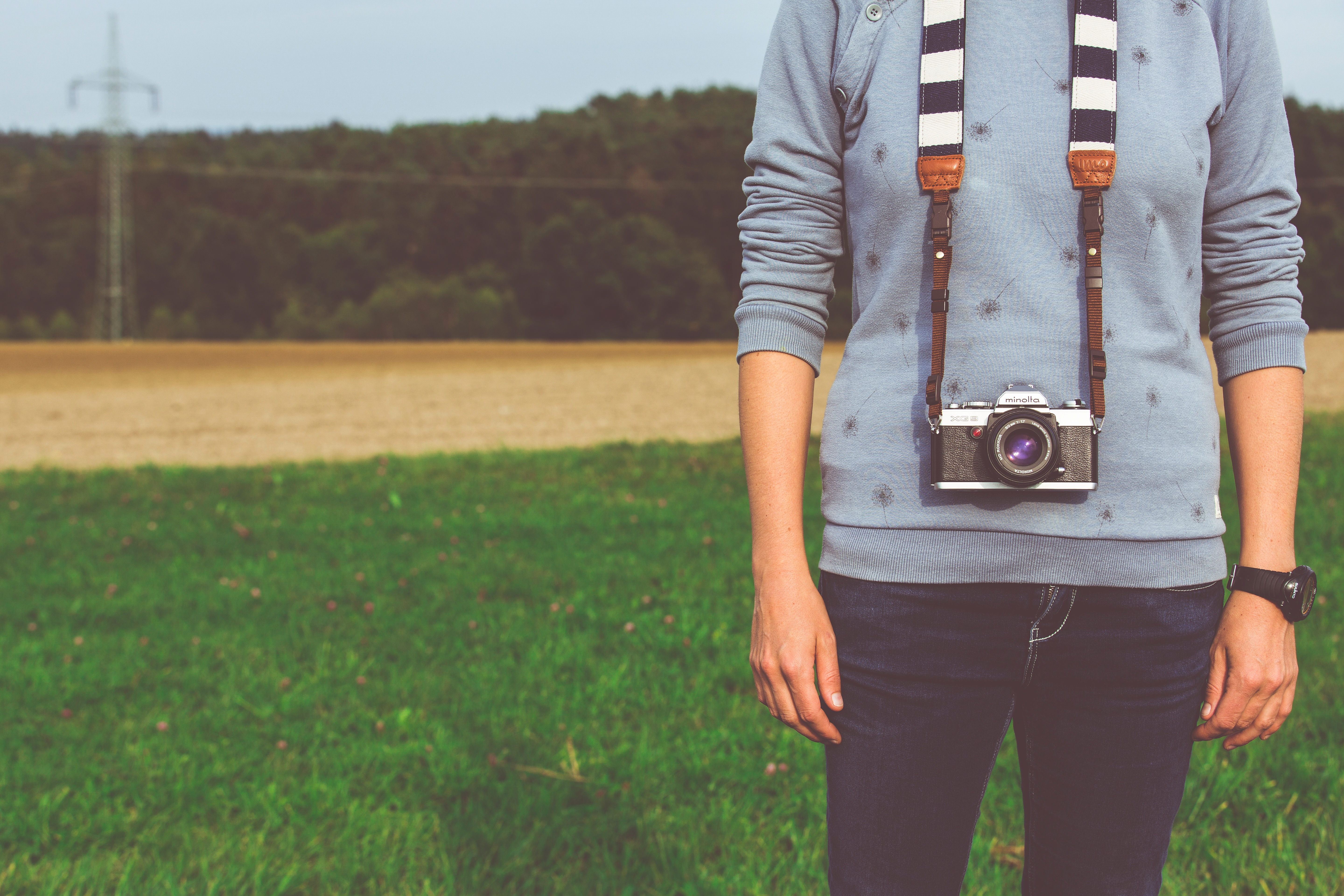
Summary
Film is not dead, but sadly, thanks to people like the one mentioned in the unshared video, its life could be in danger.
Please allow film photography to breathe and live! Have a go at practicing it, and get to know it.
It will teach you invaluable experiences about photography – experiences which, if you love taking pictures like me, you will appreciate your entire life.
When You Practice Film Photography – Some Top Takeaways
- Film Photography really does open a whole new side to your photography, where you can reconnect with your passion for this medium and try and remember why you started in the first place.
- If you're not comfortable developing your own film, try and find out where you can send off your rolls to a lab – this will give you a true sense of genuine anticipation waiting for the returning mail containing your exposed photographs!
- Check out our further resources below for some ideas if you're new to this area of photography.
Further Resources
- 5 Reasons You Should Give Film Photography a Shot by Jason D. Little
- The Amazing Wonders Shooting Some Film Will Do For Photographers by Dzvonko Petrovski
- The Only Guide You’ll Need Before Purchasing That Film Camera by Jason Row
Further Learning
Whether you are shooting film or digital, building on your skills and knowledge of composition requires some learning. To understand the techniques and rules, this eBook Guide – “The Advanced Composition Digital Guide” will ensure you’re giving your photography a proper boost!




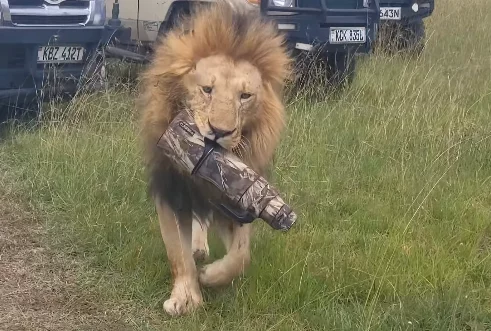

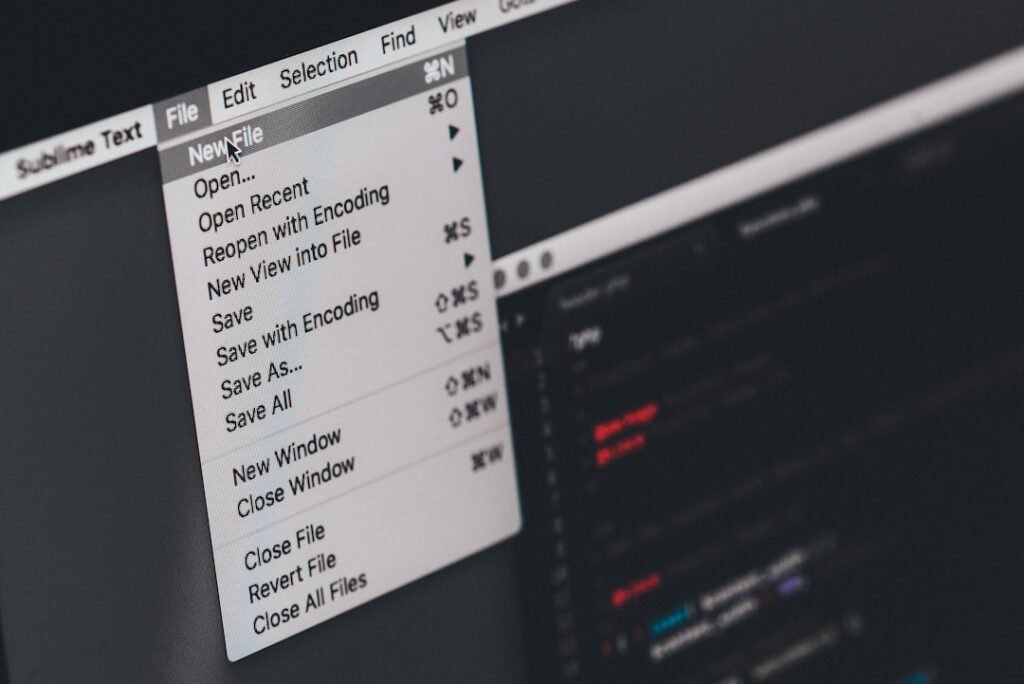
30 Comments
You can make your own developer by buying the raw chemicals. Paper developer is not ideal for film. I staryed reshooting film two years ago when i bought a 4×5 sinar and a 150mm for my hasselblad. I started shooting film 27yrs ago and had stopped in 2008 when i got my first digial.
Now i shoot the occasional film especially with the 4×5 which is a beauty to shoot. For my master in fine arts i went back to artisan printing processes which give me even more satisfaction than darkroom printing.
If you need any advice let me know
First of all, sorry for the late reply, currently off boarder and I get limited access to internet.
Yeah, I’ve been talking with a chemist friend at work, and maybe we can figure out the perfect recipes. And I will definitely will love to have some help, please write to me at [email protected].
I started in film and didn’t think I could go to digital, but after learning Lightroom, which is kind of like a darkroom in a computer, I did.
I still love film, but like you stated above, it is getting harder and harder to get the things you need. I love the way film looks. I still have a bunch of negatives, 35mm and 120mm.
Keep shooting film!
Hey, what a nice thing to hear, kudos to Lightroom.
A shame when young students are being taught film is wrong. There is a whole methodology to thought that digital does not teach. Don’t get me wrong, I embrace digital……but learned on 35mm film. With film you had to take a picture. I mean really a picture. Compose, lighting, filters, environment, camera settings, etc. You had one moment to get what you wanted. With digital I am not taking a picture. I am taking an image. An image I can manipulate into almost whatever I want. And nothing needz to be set perfect with camera, lighting, or subject. I only have to be close. And I can shoot a hundred of them to get one “good” one. Couldn’t do that with film. I went to a Tamron lens seminar and the instructor told us to never take a shot without doing any post shot editing. Admirable if that is all I want to expect. No, film taught me a lot and I look for that skill in my digital photography. I do not “teach it out”.
Exactly, that is what I feel when I state that film makes an image “more mine” than when done with digital.
Nicely written. I started back when film was the only way. Being self taught and doing all my own darkroom work made me appreciate the art and science involved. Toady even shooting digital i don’t shoot hundreds of the same shot but still use all the knowledge I had gained shooting film to shoot in digital. It makes you appreciate light, shade, etc. People ask me how my photos look better than theirs but it is because of all the time spent with film. I also felt that the photos had more meaning for all time and effort spent capturing the image. Sadly I have found that trying to get film (especially 120) and the chemicals are becoming increasingly difficult. My darkroom sits empty and forlorn today.
Thanks for sharing, definitely film make us more careful photographers, and what a sad thing to hear about your darkroom, please keep it alive.
I returned to film about a year ago. I kept seeing some extraordinary b/w shots that couldn’t be duplicated in digital. I had an old yashicamat and I shoot about three or four rolls a week. I found a Durst 606 in a garage sale for $20. I get a lot of enjoyment developing and printing my own shots. . I bought my first digital camera in 2005 because I didn’t like the quality of the digital media before then.
I just purchased a Holga medium format camera that I have been playing with. These are also known as toy cameras. Film isn’t dead, it just took a vacation. It is growing in popularity again
Wooow, this is great, you got an enlarger for such a great price, does it works smoothly?
That is the spirit Mark, film is not dead.
For anyone interested by age I fit the Senior age category, and have MANY YEARS if FILM Photography. Mainly I started out using pair of Canon Rangefinder Cameras (I wish at times that I still had them!), and only switched to an SLR system in the mid 80’s. In the late 90’s I entered the Medium Format with a Mamiya RZ67 ProII, over time a I acquired 5 Lenses, etc. Early in 2003 I purchased a Zone VI 4X5 and greatly enjoyed using that Camera as well. Owing to some Health related issues I find that I can no longer use they Mamiya, I have sold all of my 4X5 equipment. At this time I’m seeking someone interested in Medium Format Photography as a potential buyer off my Mamiya system. I live in the Greater Chicago area, and would prefer that I locate a buyer fairly close by. While the Mamiya RZ67 ProII( is considered by many to be strictly a Studio Camera nothing could be further from the Truth. No I’ve not Backpacked it miles & miles into the Wilderness, it can be carried in a Camera Bag + a few Lenses into Natural areas. Anyway should you be interested let me know as I’d be willing to quote you a price that might well surprise you.
Stuart – I’m a bit late here, but if you’re still selling your Mamiya system, please let me know! I’m in Chicago as well.
Yes, we can all find bad examples of bad advice to justify whatever we want to justify, the internet is unfortunately full of them.
I salute your efforts and curiosity. All that matters for us is to do things that matter and provide meaning to our lives. I do think that is all what all this comes down to. Chemicals will always be around for those who like that type of process (mixing your own, “getting one’s hand dirty” (and pollute the environment as well as sometimes poison oneself–I have been there unfortunately–), and even better, to make things to one’s specific needs). BW film is a doable venture should some manufacturers decide to stop. Others can and have taken the challenge. Color is another story (but what proportion of color users actually processed their own film and printed their own prints while digital allows everyone who is inclined to do that). Just do it, enjoy doing it, be creative, motivate others… that is all that matters, whatever the tools used.
Frederico, enjoy what you do. As for the truths… let us call them preferences, ideas, or opinions…. ;o) Good luck and enjoy life (stop watching stupid videos, go out and photograph !) ;o)
Jajaja, thanks man, and I didn’t seek the video, somebody just sent it to me, and the odd thing, is that the man talking on the video, is a big figure in photography world.
I bought my current 35mm SLR’s, (Nikon F2AS and FM), when I was 19, now I am 60. I have tried digital but found it a bit of a remote experience as it took me away from the thought and diligence that I would take before pressing the shutter. The cameras are heavy creatures but I am secure with the knowledge that they will probably outlast me; replacing the foam light seals has been the only maintenance over the many years. I live on Vancouver Island and luckily still have a lab that will process my Fugichrome.
That is another beautiful fact, film cameras were made to last.
A wonderful post Federico! My photography passion is opposite yours as I started in my late teens using my father’s Argus C-3 Rangefinder loaded exclusively with Kodachrome Slide film. Forty-five years later my passion is in the digital age shooting a variety of digital cameras. However, I will always keep my analog passion alive shooting with my trusty Canon A-1. There’s nothing that matches the start to finish excitement found in film photography.
Thanks Reid.
One real advantage about film photography, I MAKES YOU STOP AND THINK! Digital, one can ‘pop away’ many frames and it costs you nothing. End of sermon.
Exactly the same criticism was made when 35mm film came out.
Yup.
I got started in photography when there was no such thing as digital images of any kind, much less those made in cameras. I developed my own film and printed it with an Omega enlarger that accommodated all film sizes up to 120/220, learning how to dodge, burn, choose and use variable contrast papers and their filters, modify film development to adjust film speed (they called it “push processing,” and it changed the ASA rating which has since become ISO), learned about film/developer combinations that would reduce grain (or enhance it), and more. Then, I stumbled around developing color prints, but still was wary of developing color film, and found that the variables of color were beyond what I had expected. When digital came around, I learned the variables had increased about 4 to 5 fold and sometimes lamented that I hadn’t stayed with film. I still have darkroom equipment that I can no longer use what with a septic tank system (I was in a city during film days) and no one wants it.
You can try to open a public darkroom. https://www.localdarkroom.com/
I don’t have any problems finding chemicals or film. Time to shoot is probably the most difficult thing to come by. Probably because I’ve gotten picky about what I shoot.
Ilford is a great film resource. Kodak has returned. There are many other suppliers out there.
I’m on a septic system. I use a Jobo processor and capture the chemicals and dispose of them properly. However… I don’t process a lot of film. 20 – 30 sheets of 4×5 black and white film a year at the most.
I envy you jajaja.
When I went back to film, I started to concentrate on the basics of composition again. I had shot film for many years before getting my first digital camera. I’m now on my third. I have continued to shoot my 35mm and also bought a medium format Mamiya. It’s a tank and I love it! With ten shots per roll, you really pay attention. “Spray and Pray” works for good photos. Great photos require concentration regardless of whether the medium is digital or analog. I also convinced and art school to continue their film program by pointing out that the college also taught Latin, which I consider another invaluable foundational subject.
“Don’t take picture; make pictures!” – I wish I knew where I read that.
Wise words.
Hi Federico,
Regarding your problem getting developing chemicals for B&W developing – have you heard of CAFFENOL? It’s a coffee + vitamin C + washing soda formula, and it works wonderfully with any B&W film. Go here for the basics: https://www.caffenol-cookbook.com/
I quickly scanned the other replies to your post and didn’t see Caffenol mentioned – sorry if someone’s already told you about it.
By the way, I’m in Australia, with 15 working analogue cameras, happily buying film from B&H in America (cheaper to import than buy locally), and using instant coffee for developing (instant isn’t worth drinking, of course – that’s what espresso is for).
Cheers to your photography efforts!
Rob.
Oh yeah Rob, I had heard about it, but never tried it. I will experiment a little bit with it eventually.
I feel your pain on the cost and availablilty of chemicals, although here in the US cost is by far the hardest factor. I am learning to mix developers from raw chemicals, very economical and not too difficult if you can follow a recipe you can do it on most of the stuff you need. There is a source here in the US – Photographer’s Formulary. You may be able to order from them. I don’t know the policy on shipping internationally.
Keep it up!